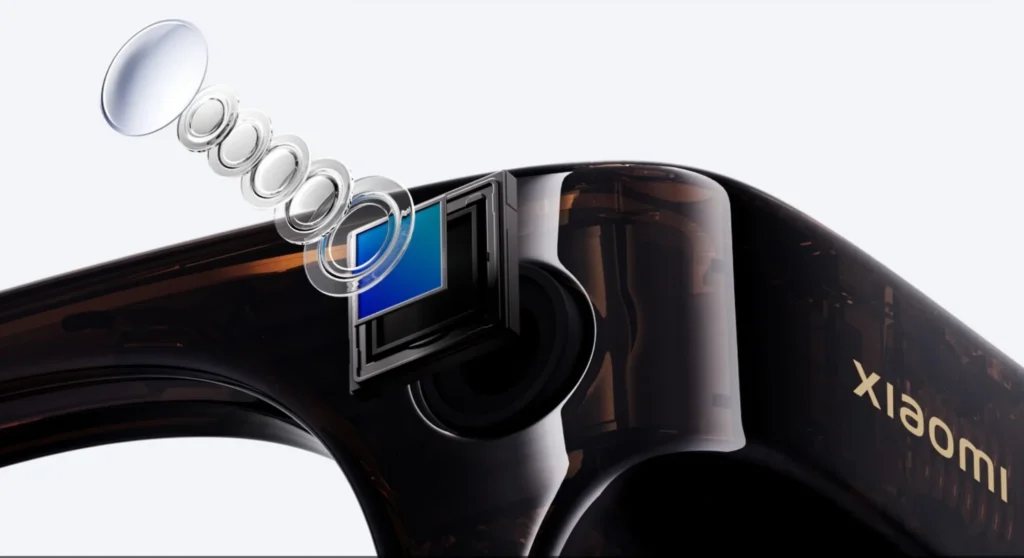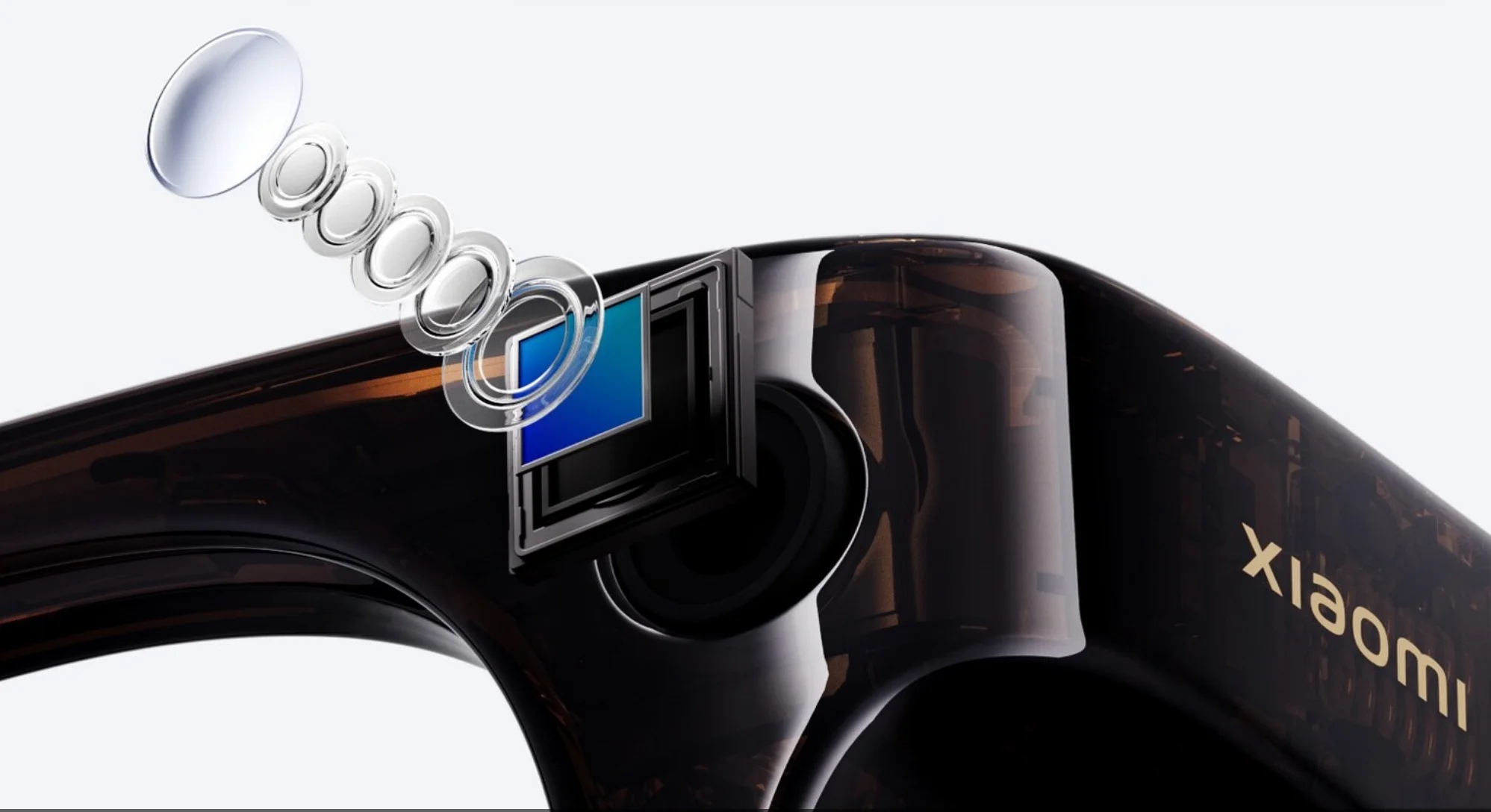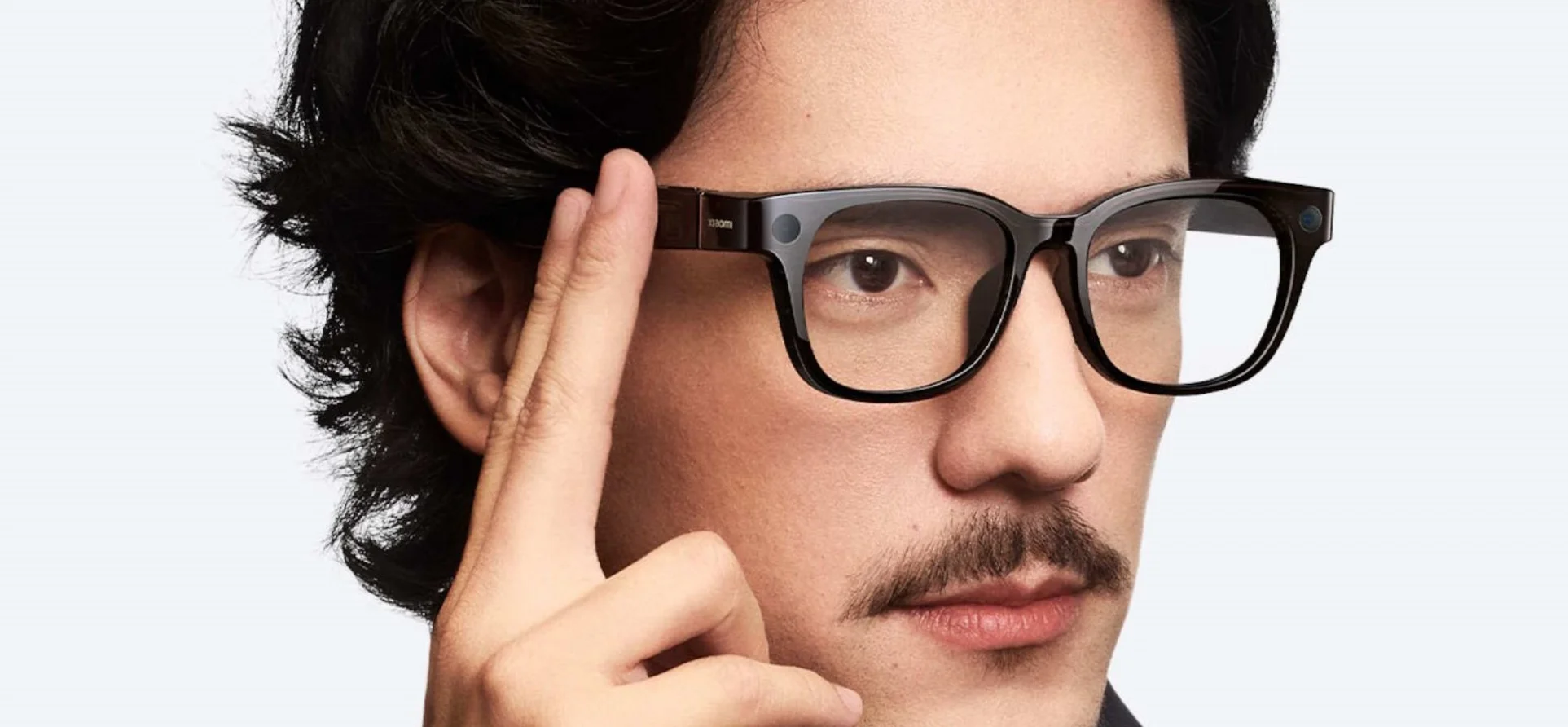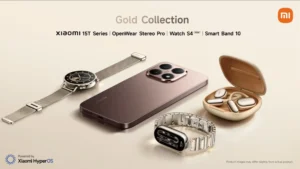Xiaomi AI Glasses: Hype vs. Reality – Are Smart Glasses Ready?

Xiaomi AI Glasses: The Hype Train Derails – What Can Smart Glasses Really Do?
Remember back in June 2025 when Xiaomi dropped their AI Glasses? Man, the hype was unreal! 50,000 units flew off the shelves in just three days. For about 250 Euros, you were promised real-time translation, video recording, a built-in AI assistant, and even contactless payments. It felt like Xiaomi was about to drop the mic on the whole smart glasses market. But… things haven’t quite panned out that way, have they? The initial buzz has definitely cooled down, replaced by a bit of a disappointing reality for many users in China. We’re talking translation hiccups, camera quality that’s less than stellar, and some comfort issues. So, the big question is: are these smart glasses the future, or just a fancy gadget that’s not quite ready for prime time?
The Bumpy Road for Xiaomi’s AI Glasses
Xiaomi really positioned these glasses as a direct shot across the bow of the Ray-Ban Meta Glasses. They packed a 12-megapixel camera, a Qualcomm Snapdragon AR1 processor, five microphones, and built-in speakers – all sounding like a recipe for an amazing user experience. Features like object recognition, real-time translation in ten languages, live streaming, and seamless integration with Xiaomi’s smart home ecosystem painted a picture of a leap into the future. But, as it turns out, the future is a bit more complicated than the spec sheet.
Early adopters quickly found themselves frustrated. Take Li Cheng, a user who shared his experience on Sina, a Chinese tech site. He bought them hoping for better photos and instant text translation. His verdict? “The translation was inaccurate, and the camera produced images that looked like old, AI-restored photos.” The AI translation struggled, often lagging behind and spitting out results that just didn’t make sense, especially with complex sentences. Apparently, the “Super Xiao AI” assistant could identify individual words but struggled to grasp the meaning of whole sentences. Ouch.

Translation Troubles: The AI Dream With a Catch
Real-time translation was definitely one of the headlining features for the Xiaomi AI Glasses. The tech behind it involves Optical Character Recognition (OCR) to scan text in images and convert it into digital data, then feeding it into a translation engine. Sounds brilliant on paper, right? In practice, though, it’s been a bit of a letdown. Users are reporting delays of several seconds, and the translations often don’t match the original text. This is a real bummer when you’re trying to quickly translate street signs on vacation or captions in a video – the function just isn’t reliable enough for those dynamic situations.
Plus, only supporting ten languages (including English, Japanese, German, and Spanish) feels a bit limiting when you compare it to competitors like the Ray-Ban Meta Glasses, which now even handle German translations. For anyone outside of China looking to use these, especially for global travel, the lack of broader language support is a significant drawback.
Camera Quality: Definitely Not for the Photography Buffs
The 12-megapixel camera on the Xiaomi AI Glasses was supposed to deliver crisp 2K video at 30fps, along with first-person photos and live streams. But again, the results have left many users feeling underwhelmed. That same user, Li Cheng, complained, “The photos looked like they were taken with an old camera.” Color reproduction and sharpness are apparently issues, especially in indoor shots or low-light conditions. While the camera might be okay for basic live streaming or video calls, it’s certainly not going to satisfy anyone looking for high-quality photography or videography.

Comfort: Lightweight, But Not Exactly Feather-Light
Weighing in at just 40 grams, the Xiaomi AI Glasses are lighter than the Ray-Ban Meta Glasses (which are 49 grams), and that initially sounds like a win. However, comfort is still a sticking point for many. The arms of the glasses are a bit chunkier than you’d find on regular eyewear due to all the tech packed inside. Plus, the design seems to be optimized for Asian facial structures, meaning it might not be the perfect fit for everyone. Some users have described them as “annoying shackles on the bridge of their nose,” especially after wearing them for a while. Add to that the fact that the glasses can get a bit warm during heavy use due to power consumption, and the comfort factor takes another hit.
Battery Life and Technical Hurdles
Another common complaint is battery life. Xiaomi claims up to 8.6 hours of usage, but that plummets to around 45 minutes for video recording. This means frequent charging, which really takes away from the “always-on” seamless experience that smart glasses are supposed to offer. Xiaomi’s Vela system, with its split architecture for power-saving and high-performance processes, is an attempt to tackle this. But with a limited battery capacity (around 300mAh) due to the lightweight design, it remains a weak spot.
A Quick Look at the Competition
Compared to the Ray-Ban Meta Glasses, the Xiaomi AI Glasses do have some plus points, mainly their lower price tag (around €250 vs. €300 for Meta’s) and that sweet integration into Xiaomi’s smart home ecosystem. However, when it comes to translation and camera quality, Meta seems to have the edge, especially after their recent update that added German live translation. One significant thing missing from the Xiaomi AI Glasses is an integrated display, which sets them apart from more advanced AR solutions like the Viture Pro XR or Rokid AR Spatial, which offer virtual screens and a more immersive experience.
Peering into the Future
Despite the criticisms, Xiaomi has certainly made a notable step with their AI Glasses. The smart glasses market in China saw a massive 200% growth in the first quarter of 2025, and Xiaomi has already snagged a significant chunk of that with their 50,000 units sold. However, the wave of returns clearly shows that the technology isn’t quite there yet. For them to really take off internationally, some serious adjustments are needed, like better language support and more universal fit.
Xiaomi’s AI Glasses are a bold move to bring smart glasses to the masses, but they’re bumping up against the limits of current technology. If you’re just looking for basic audio features, something like the Xiaomi Mijia Smart Audio Glasses 2, which focus on music and calls, might be a better bet. But if you’re expecting a full-blown AR or AI experience, you might want to hold out for Xiaomi’s next generation, which is already slated for Q2 2025.
Conclusion: When Hype Meets Reality
Xiaomi’s AI Glasses really highlight both the incredible potential of smart glasses and how far we still have to go. The combination of innovative features and an attractive price point is certainly appealing. But, the issues with translation, camera quality, and overall comfort are definitely holding them back from being a runaway success. Smart glasses aren’t quite ready to completely revolutionize our daily lives just yet. For us tech enthusiasts, it’s definitely exciting to watch this space develop – but for now, these glasses feel more like a promising experiment than an absolute must-have.







1 thought on “Xiaomi AI Glasses: Hype vs. Reality – Are Smart Glasses Ready?”